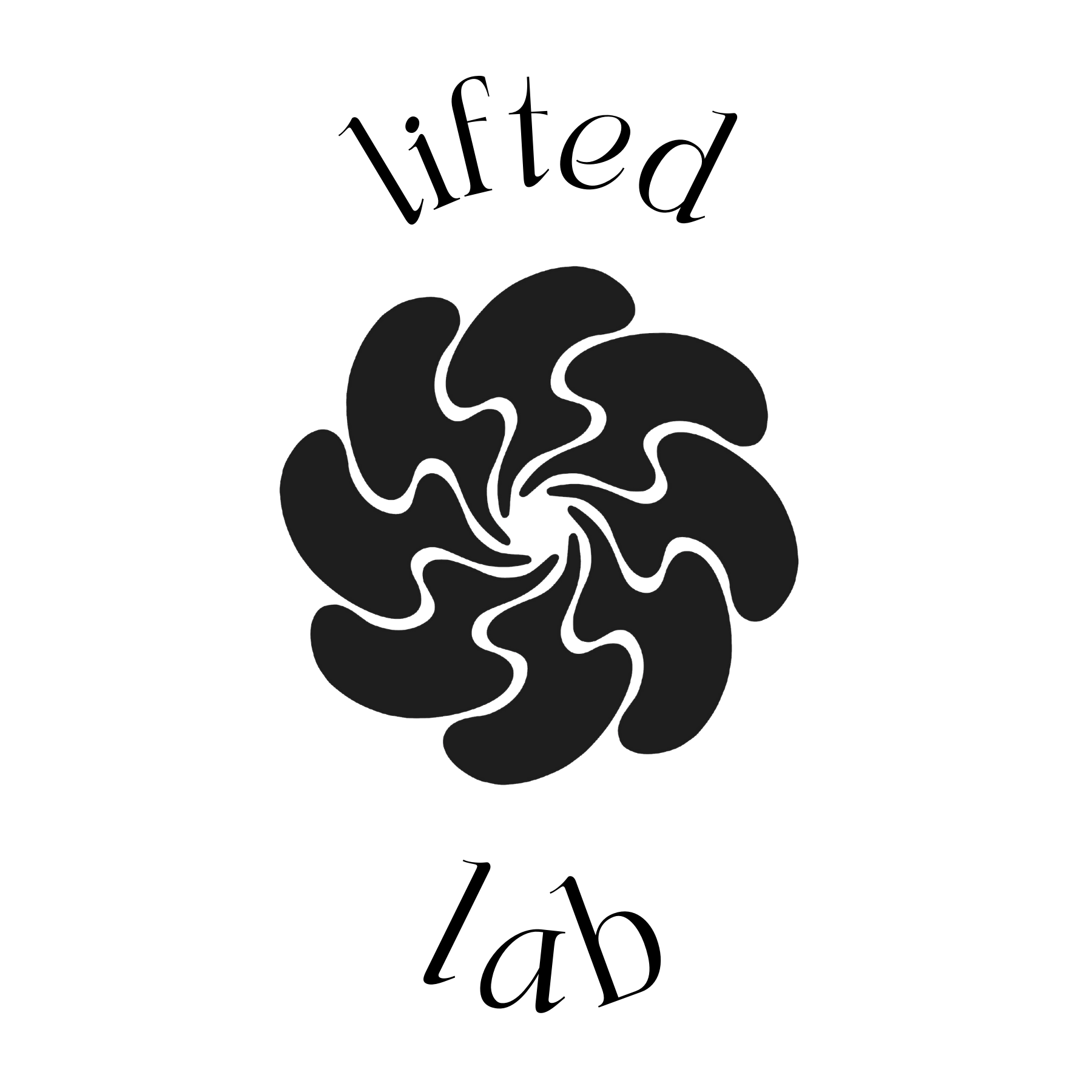Kristy Luck: Close to the Verb
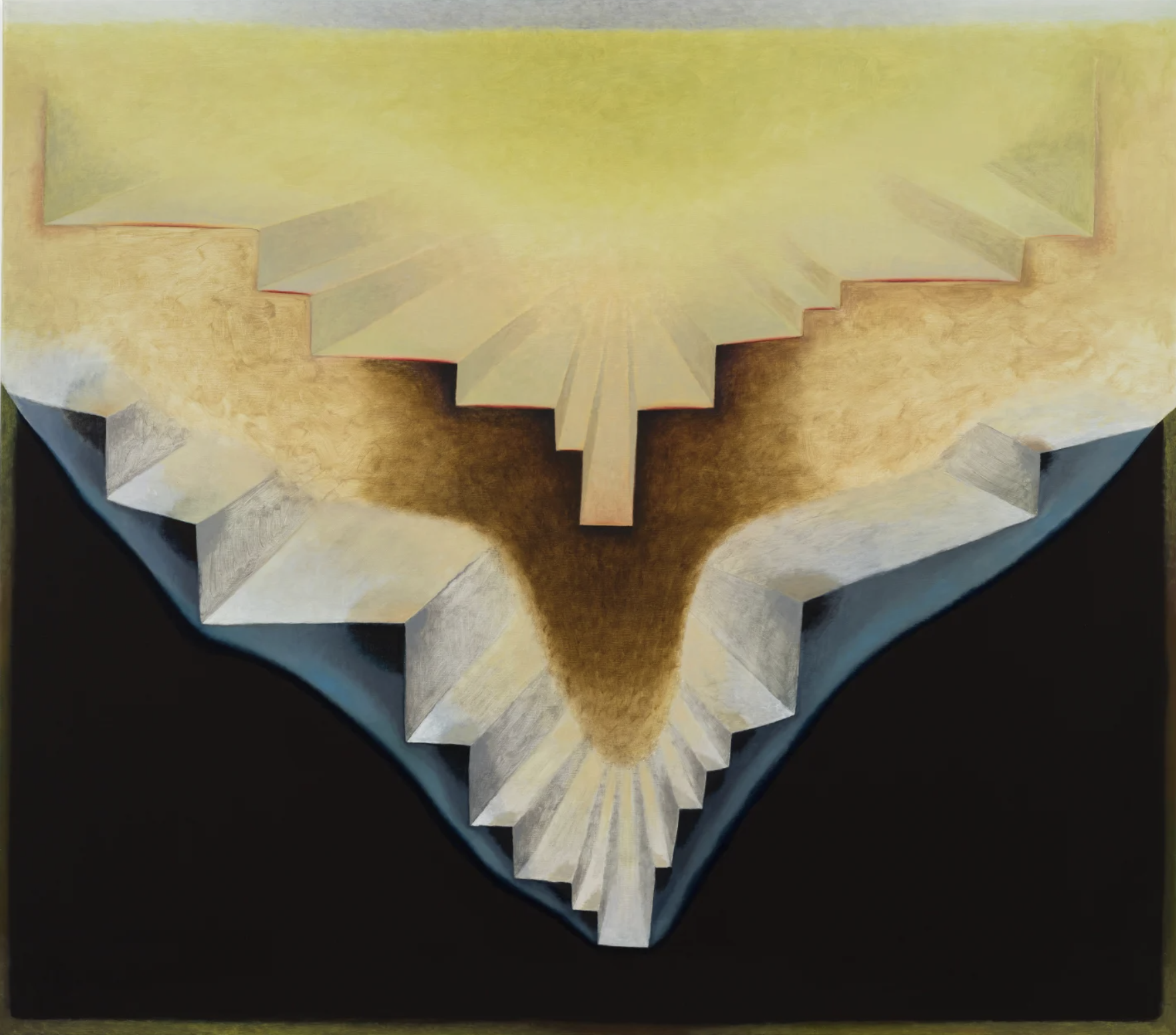
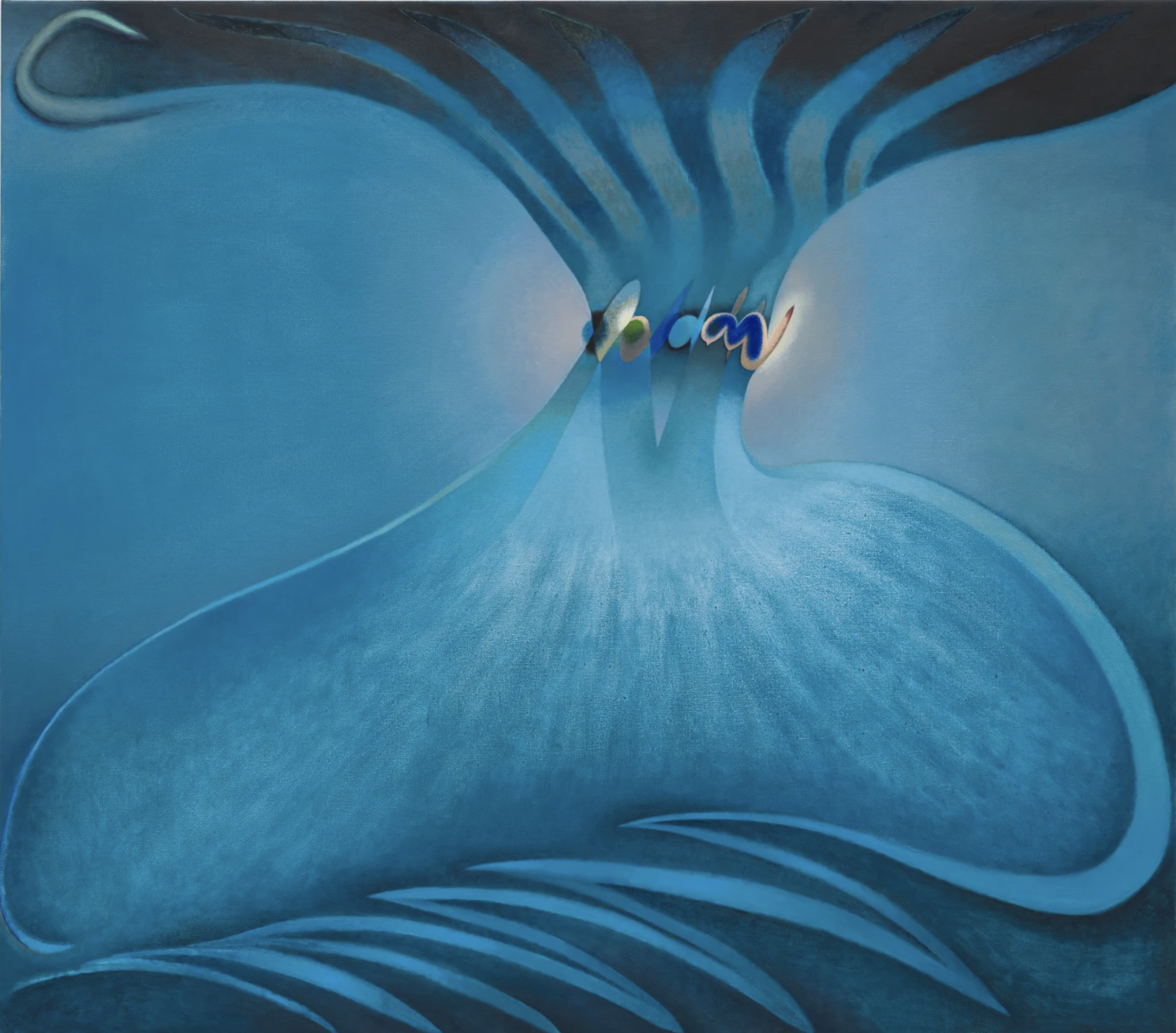

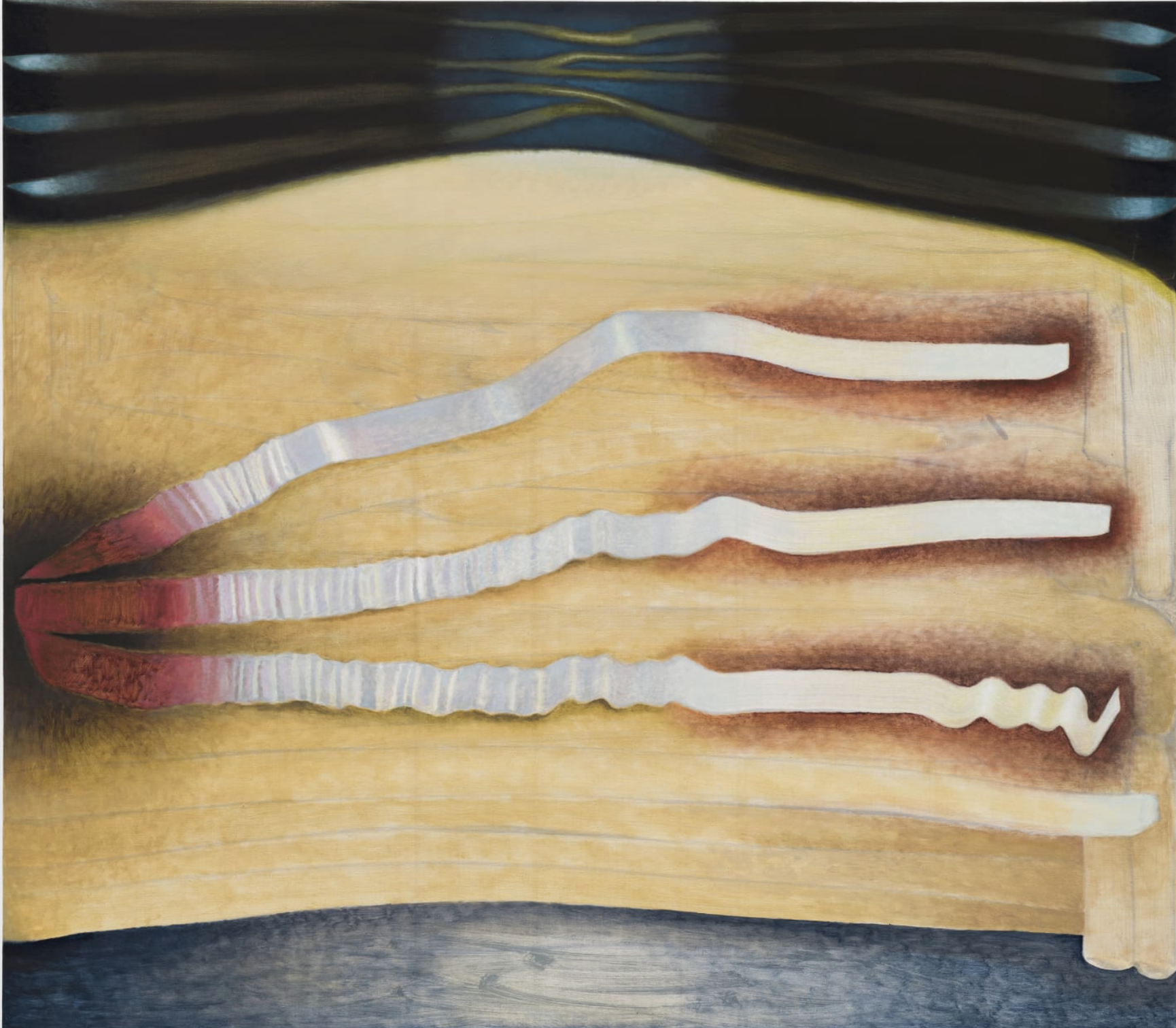

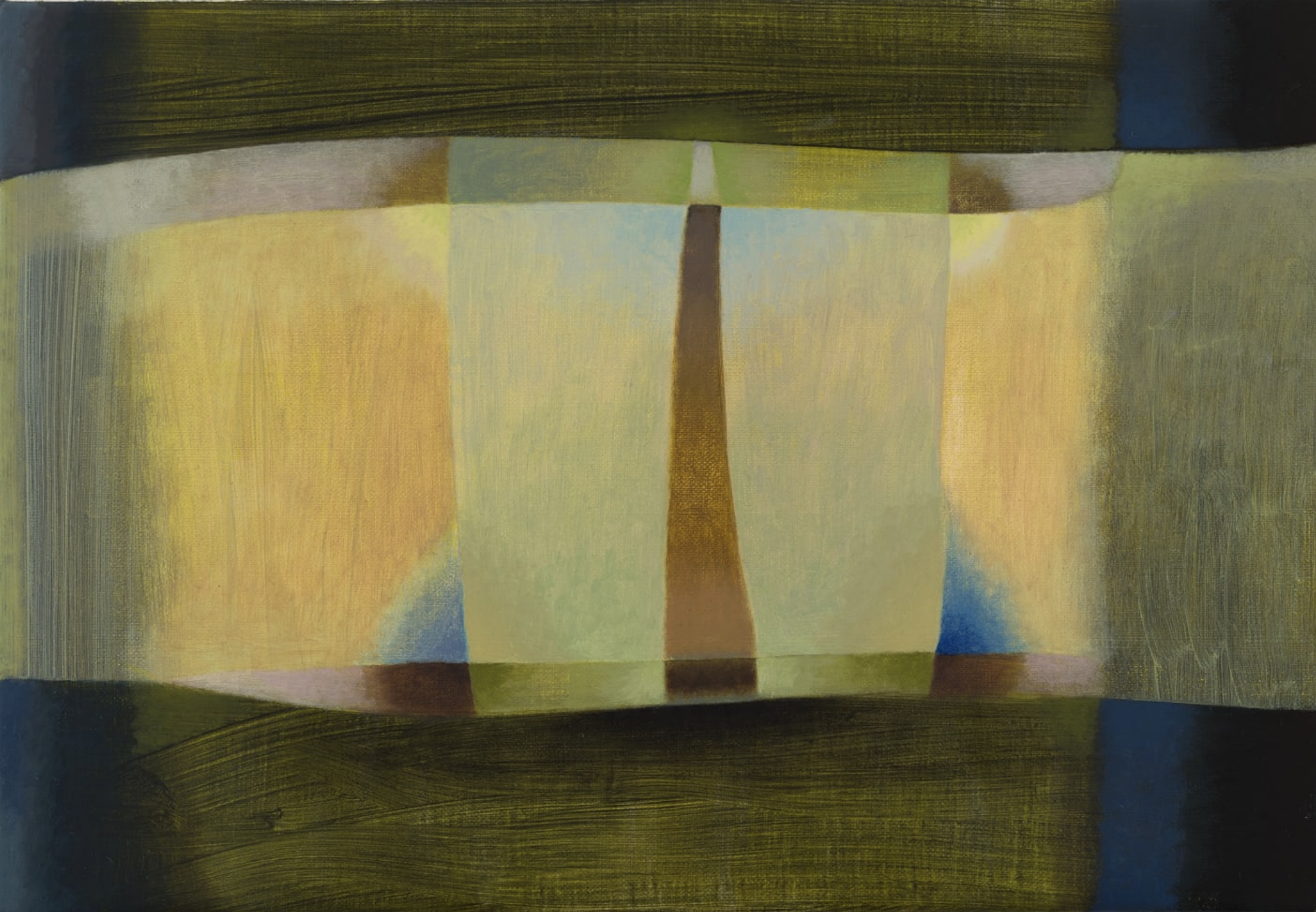

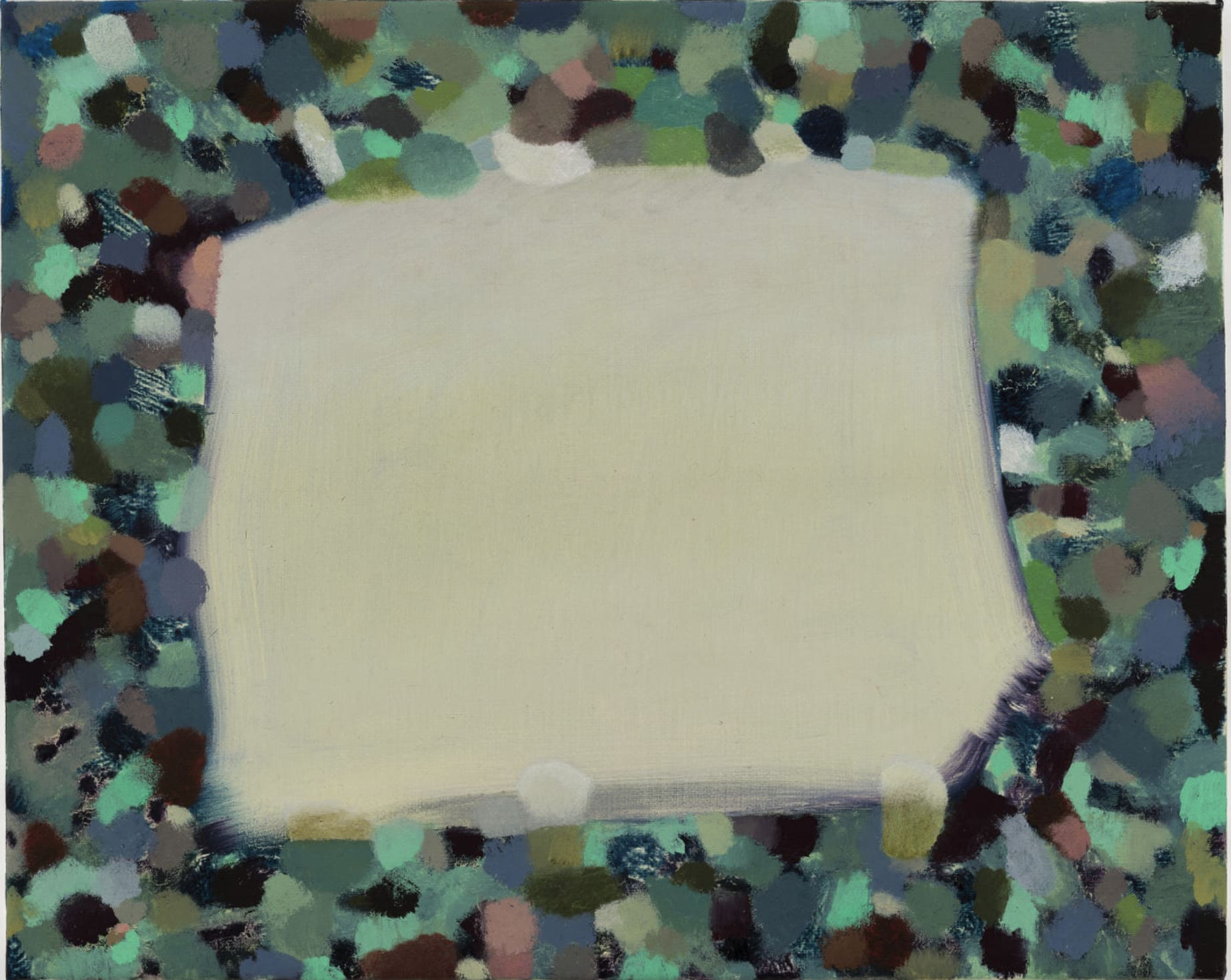
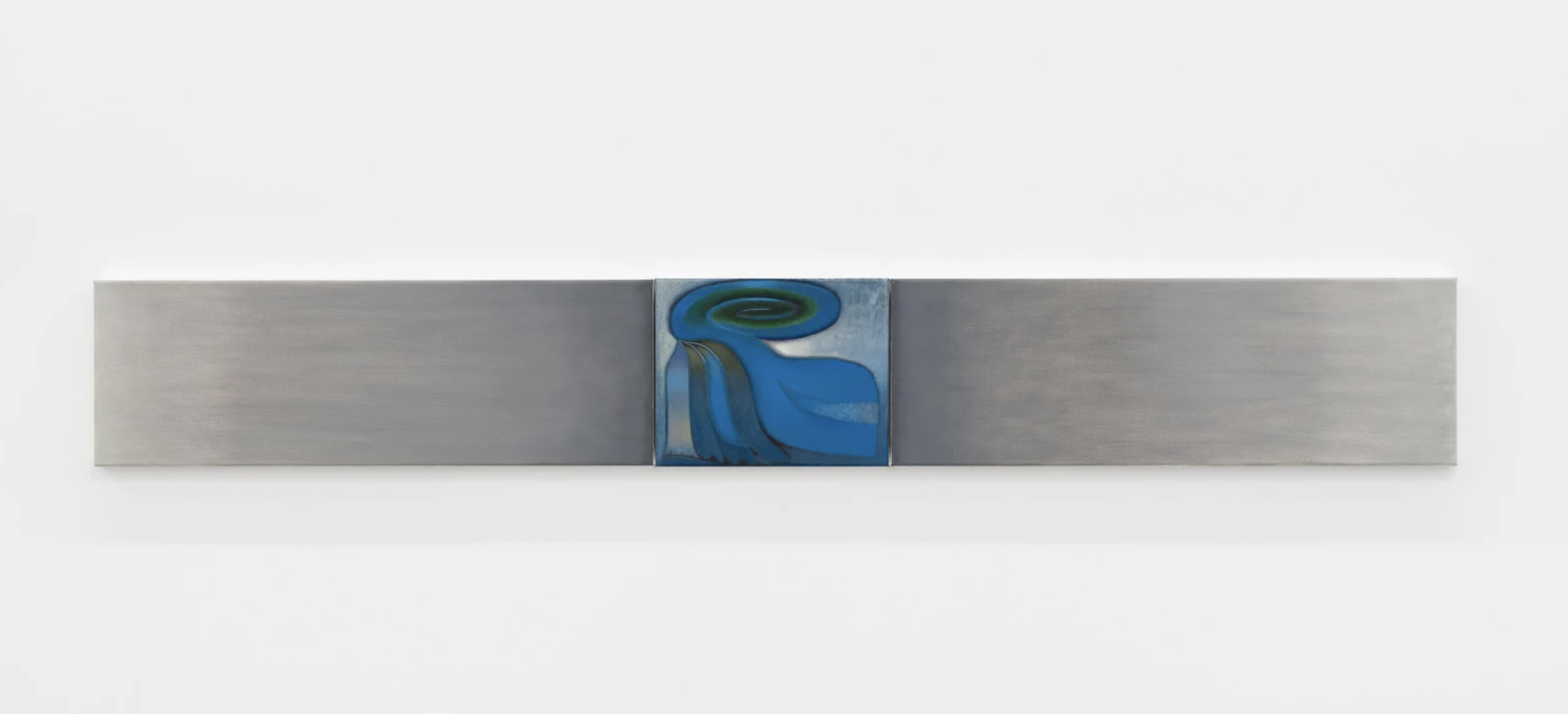
"Close to the Verb" represents the most recent phase of Kristy Luck’s endeavor to engage unnamable emotional, spiritual, and sensational states known only by their charge; in short, she moves toward the ineffable. The exhibition’s title offers some clue as to the complexity of the forces compelling Luck to render her explorations in oil on linen. To be close to the verb is to be close to the potential energy of a profound, elusive answer. Its vibrations are felt without imposing action on the feeler, one is neither acted upon nor acting under the sign of this nameless expectancy, yet somehow one is changed. Proximity to the vibration engenders an ache, like saudade but sharper, exquisitely passionate, nearly mystical in the undoing it performs on one’s conception of the cohesive material constancy underpinning mundane experience.
Works such as "Pulsion" convey this sensibility in its double-register composition, which creates the conditions for two fields of activity to encounter each other in a manner radical to both. Contact between what can be approximately described as tornadic funnels forms a gusset at their shared border that appears to simultaneously hold jewel-toned pips, the gestural action of a wet signature, and a maloccluded bite type. The tension comes from the suspension, as a narrative discernible in terms of cause and effect is disavowed in favor of transcendent duality. "Cliffhanger" is similarly metaphysical, as it involves tiers of tiered spaces dipping into an abyssal zone beyond the frame’s edge and likewise extending away from the viewer’s vantage point into a glowing, infinite horizon. Atomization comes to its end on these steps, regardless the direction one might choose to plunge, but how and why and to what end remains the compelling mystery.
Some might call ecstatic indeterminacy an issue of insight, and Luck addresses this equation in a painting titled just so. "Issue of Insight" shows the vortex only implied by the blue phenomena in "Pulsion," but the meteorological quality is here replaced by a mammalian, intestinal curl—the labyrinth of the inner self that holds a hard-edged thing, a kernel, undigestible and unknowable, yet generative as absolute truth. It corresponds to the formal treatment defining "The Unstressed Vowel," a distinctly oblong canvas that has positioned at its middle a configuration of deeply hued waves flanked by panels of equal dimension and subtlety.
The vowel that remains unstressed is a sound barely heard, if heard at all, when spoken. It is present when absent and vice-versa, yet it reveals its absolute necessity as regards the conveyance of meaning when the word to which it belongs is circumscribed by letters on a page. In Luck’s painting, we see this requisite element hyper-articulated in dynamic systems that cannot be spoken but which gives spirit to the work in its totality. "Displacement" makes a motif of this dynamism, as it repeats the ectoplasmic bite mark seen elsewhere and extends it as though it were a bolt across the field of intuition. Perhaps this is the moment before the verb is passed. Perhaps this is the moment closest to the verb and thus the most electrifying. In this sense, each painting in the exhibition brings the viewer as close as possible to the conditions of being as close as possible to breakthrough without cessation—that is, two fields of activity encountering each other in a manner radical to both.
